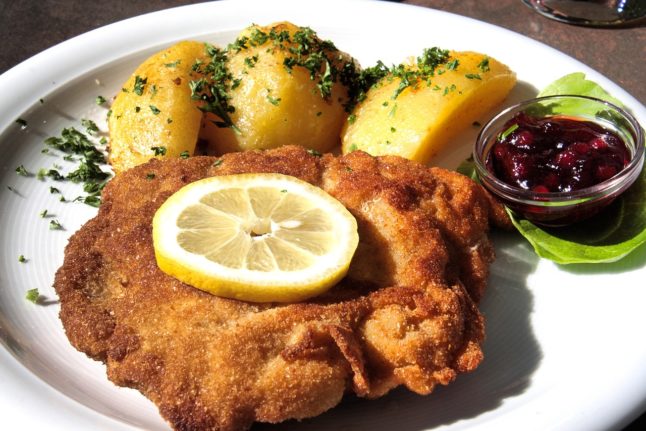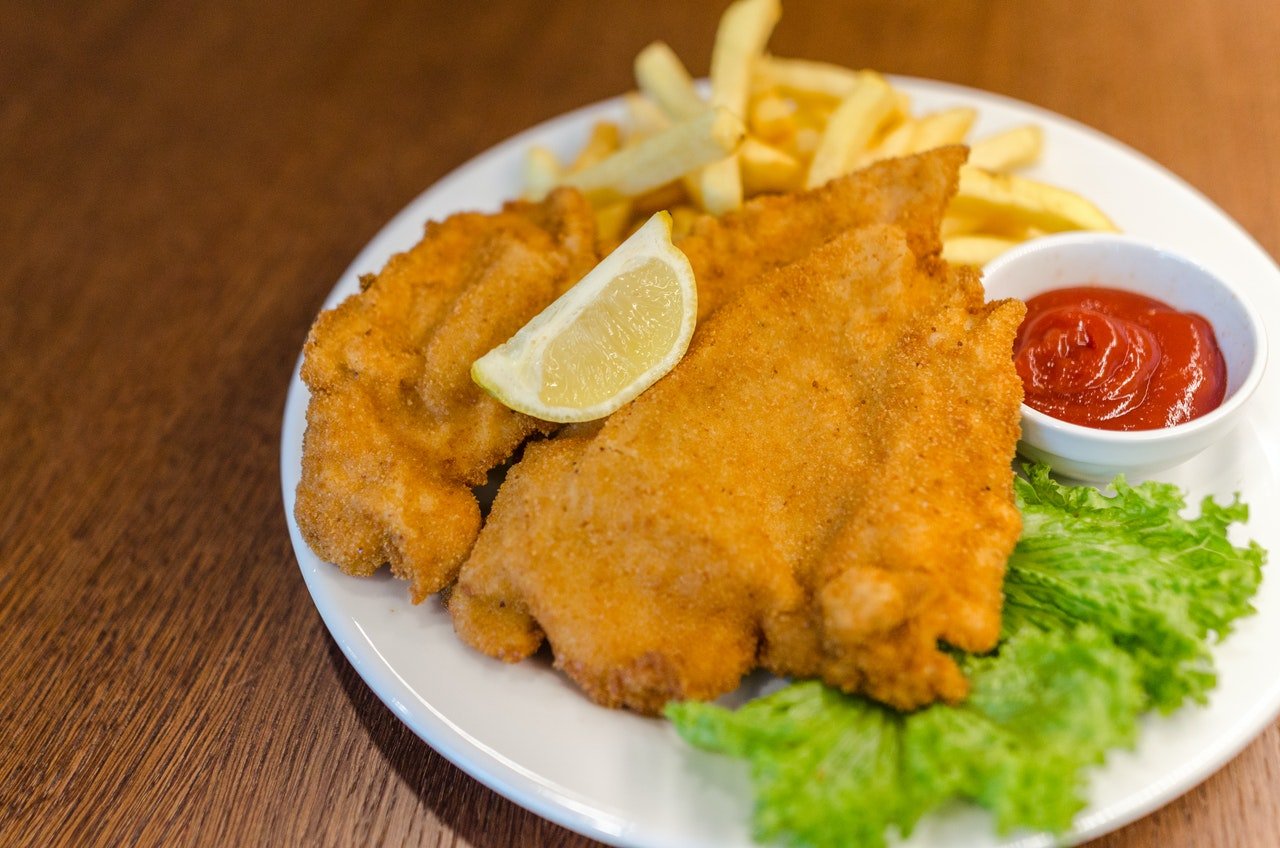Austria is known for its many religious traditions and holidays, particularly the ones connected with Catholicism. The country celebrates Christmas with famous markets, and many religious dates not celebrated in other Catholic countries are official holidays here.
However, a new survey conducted by the Linz Market Institute for the newspaper Der Standard shows that despite the traditions, Austrians believe less and less in the Church’s dogmas.
Only 21 percent of Austrian men and 12 percent of women believe that “there is a God who makes himself known in Jesus Christ”.
Even among those who describe themselves as involved in the church, only 60 percent say they believe in Jesus Christ as God, Der Standard reported.
READ ALSO: Why is Good Friday not a holiday in Austria?
Sixteen percent of Austrians believe in Jesus Christ, and 45 percent believe that “there is a higher being or a spiritual power”. Additionally, 23 percent said they do not believe that “there is a God, any higher being or a spiritual power”, an idea particularly widespread among younger people, those with a higher level of education, the Viennese and Green, liberal Neos and centre-left SPÖ voters.
In contrast, the report added that belief in Jesus Christ is still relatively high among the conservative ÖVP voters – about twice as high as the population average.
The fact that the Austrian population does not want to be led by the church is not entirely new, the newspaper said. This survey has been asking for 15 years whether the Catholic Church has “the right answers for people in our time” – and back in 2008, 68 percent said that this was hardly or not at all the case.
READ ALSO: Austrian Christmas traditions: The festive dates you need to know
At that time, however, seven percent thought that the Church definitely had the correct answers; now, this core of devout Catholics has shrunk to three percent.




 Please whitelist us to continue reading.
Please whitelist us to continue reading.
Member comments